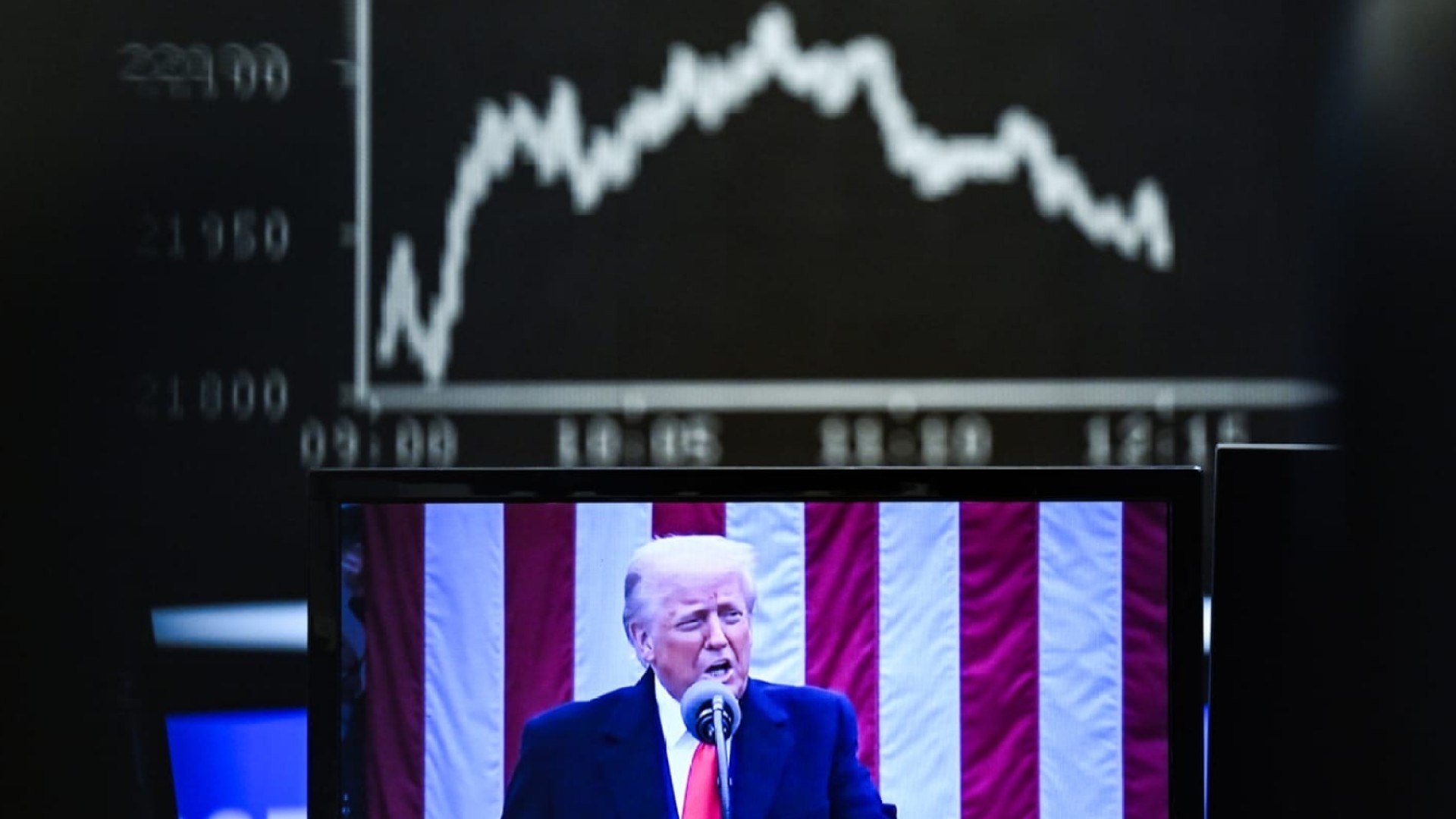Islamabad, Apr 4, 2025: The U.S. stock market has faced its steepest decline since 2020, while global crude oil prices have plummeted by 6% in the last day following former President Donald Trump’s decision to impose uniform trade tariffs on over 180 nations.
Oil prices continued their downward trend, with WTI futures slipping close to $66 per barrel by Friday.
The Dow Jones Industrial Average nosedived nearly 1,700 points, reflecting a 4% loss, making it the fifth-largest single-day point drop in its history.
The technology-focused Nasdaq Composite tumbled by 6%, while the S&P 500 fell almost 5%. Leading technology stocks bore the brunt of the selloff.
Apple’s stock plunged over 9% amid fears of severe supply chain disruptions due to its heavy dependence on Chinese manufacturers.
Read More: Pakistan’s Foreign Reserves Rise by $70 Million
Trump’s fresh tariffs significantly impacted China, pushing its effective trade duty rate up to 54%.
Nvidia also suffered heavy losses, shedding over 7% of its value.
The so-called “Magnificent Seven” tech giants saw a collective market capitalization decline of more than $900 billion.
Smaller firms also took a hit, as the Russell 2000 index dropped by over 6.4%.
The market turbulence was not confined to stocks alone.
The 10-year U.S. Treasury yield fell by 14 basis points, settling at 4.05%, its lowest level since October 2024, signaling a shift toward safer assets.
The U.S. dollar index also slid 1.5% to 101.92, marking its lowest point in five months.
The financial turmoil stemmed from Trump’s sudden introduction of a two-phase tariff strategy late Wednesday.
The plan entails a blanket 10% tariff on all U.S. trading partners, with significantly harsher penalties for nations classified as “bad actors.”
The revised tariffs now cover 185 countries, pushing the U.S. average tariff rate to its highest point in over a century.
Trump, however, has dismissed investor anxiety, expressing confidence that the markets will ultimately rebound.
Global markets reacted negatively to these developments.
The European Stoxx 600 index fell by more than 2.5%, while Japan’s Nikkei 225 slipped 2.7%, reaching its lowest point since August 2024.
Meanwhile, US Markets the decline in oil prices followed a sharp 6% drop in the prior session, driven by rising global economic uncertainty and an unexpected production boost by OPEC+.
Eight key OPEC+ members collectively agreed to increase crude output by 411,000 barrels per day next month—substantially exceeding the projected 140,000-barrel increment.
Although U.S. energy imports remain unaffected by the new tariffs, WTI crude is now set for a nearly 4% weekly decline.









